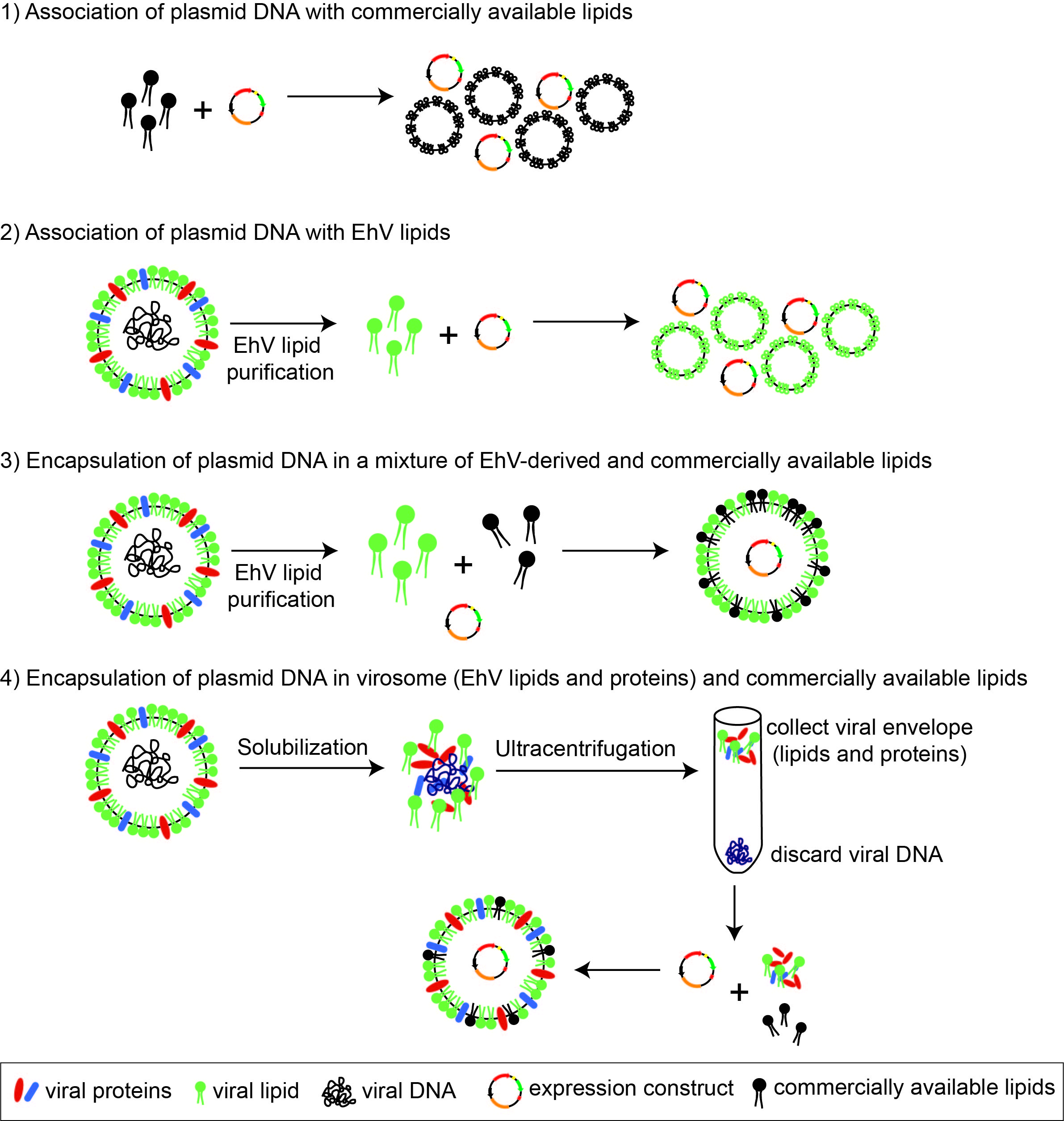Virus-Inspired, Lipid-Mediated Transfection and Genetic Manipulation of the Marine Coccolithophore, Emiliania huxleyi
Marine phytoplankton collectively contribute more than half of the global primary productivity yet represent <1% of Earth’s biomass. The dominant eukaryotic members of this group are diatoms, dinoflagellates, and haptophytes. Haptophytes, which include coccolithophores, contribute approximately one-third of the total marine calcium carbonate production through the biomineralization of their calcite-based coccoliths and have a profound influence on the marine carbon and sulfur cycles. In addition, the coccolithophore, Emiliania huxleyi and its associated virus (Coccolithovirus; EhV) has emerged as the prominent model system for investing algal host-viral interactions. Despite its unique organismal features of E. huxleyi that pose fundamental opportunities to elucidate genomes to phenomes relationships—a diverse pan-genome, biomineralized cell morphology, multifaceted ecosystem interactions, host-virus interactions, biogeochemical relevance, and global distribution— a viable genetic manipulation method still does not exist for this model coccolithophore. This proposal aims to address this gap by developing a novel, lipid-based transfection method in E. huxleyi that takes advantage of the well-characterized lipid-mediated interaction between E. huxleyi and EhV. Specific goals are to: 1) generate expression constructs for the overexpression of reporter genes driven by E. huxleyi or EhV-derived promoters; 2) identify and purify novel lipids associated with EhVs; 3) develop a method for associating and/or encapsulating plasmid expression constructs in liposomes and EhV-derived virosomes (liposomes composed of viral envelope glycoproteins and lipids); and 4) perform transfection experiments in E. huxleyi with reporter gene constructs.

